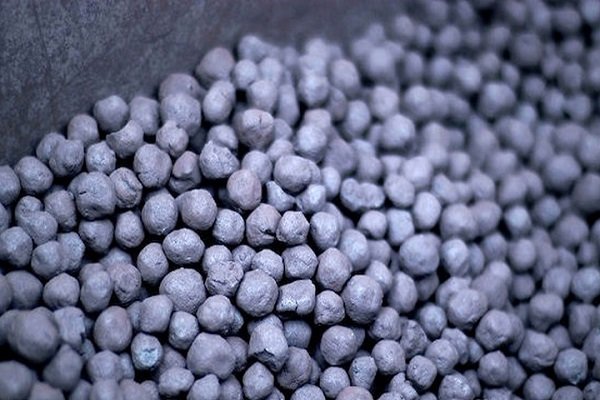The global direct reduced iron industry is currently valued at approximately US$ 8,249.0 million and is projected to reach US$ 16,789.0 million by 2030, with a compounded annual growth rate (CAGR) of 8.2% expected between 2022 and 2030. This significant growth can be attributed to the rising demand for direct reduced iron in sectors like steel production and construction, highlighting its vital role in meeting industrial needs during the forecast period.
While increasing steel production capacities in China, India, and some Middle Eastern countries account for the amplifying DRI demand, the COVID-19 pandemic has led to disruptions across end-use industries, thereby impeding demand for steel. Ban on steel scrap imports is significantly steering sales of DRI amid the global coronavirus outbreak. Surplus supply, low demand, and high storage volumes will result in considerably falling steel production in the near term, ultimately affecting the demand for DRI.
Explore Market Potential and Gain Competitive Advantage – Request Sample Report Now! https://www.futuremarketinsights.com/reports/sample/rep-gb-11635
Manufacturers based in the Middle East are aggressively expanding their DRI production capacities in response to the growing steel demand within the region. This would help the regional industry reduce its dependence on imports and emerge as self-reliant in terms of raw material procurement.
Key Takeaways from the DRI Industry Study
- The gas-based production process remains the go-to option among manufacturers, especially in North America, Europe, and the Middle East, due to lower natural gas prices
- Coal-based production is dominated by India, which accounts for almost 80% of the DRI produced through coal-based process
- Pellets are the most preferred among DRI form types, as they are easy to transport, have better reactivity, and are cost-effective than lumps
- Over the recent past, DRI imports have been witnessing a steady rise despite facing stern competition from hot briquetted iron (HBI); the latter has low reactivity and is subject to lower transportation costs
- Vertical integration strategies adopted by steel manufacturers to produce DRI at their own facilities would remain an impending trend in the near future
DRI Industry: Key Participant Insights
While DRI will not replace scrap steel as the primary raw material for steel production, it is projected to be utilized as a key ingredient and in higher proportions. In addition, the growing demand for high-quality steel products is further expected to drive DRI demand.
Top Key Players
- ArcelorMittal
- Mobarakeh Steel
- Essar Steel
- Qatar Steel
- Hadeed
- SIDOR
- Khouzestan Steel Co.
- Jindal Steel & Power
- Gol-e-Gohar
- Nucor
Discover the Global Influence: Learn How Other Regions and Countries Shape the Direct Reduced Iron (DRI) Industry. Speak to an Expert Now! https://www.futuremarketinsights.com/ask-question/rep-gb-11635
Direct Reduced Iron (DRI) Industry: Segmentation
Production Process
- Coal-based
- Gas-based
Application
- Steel Production
- Construction
Form
- Lumps
- Pellets
Region
- North America
- Latin America
- Europe
- South Asia & Pacific
- East Asia
- Middle East and Africa
About Future Market Insights (FMI)
Future Market Insights, Inc. (ESOMAR certified, recipient of the Stevie Award, and a member of the Greater New York Chamber of Commerce) offers profound insights into the driving factors that are boosting demand in the market. FMI stands as the leading global provider of market intelligence, advisory services, consulting, and events for the Packaging, Food and Beverage, Consumer Technology, Healthcare, Industrial, and Chemicals markets. With a vast team of over 5000 analysts worldwide, FMI provides global, regional, and local expertise on diverse domains and industry trends across more than 110 countries.
Contact Us:
Future Market Insights Inc.
Christiana Corporate, 200 Continental Drive,
Suite 401, Newark, Delaware – 19713, USA
T: +1-845-579-5705
For Sales Enquiries: sales@futuremarketinsights.com
Website: https://www.futuremarketinsights.com
LinkedIn| Twitter| Blogs | YouTube
